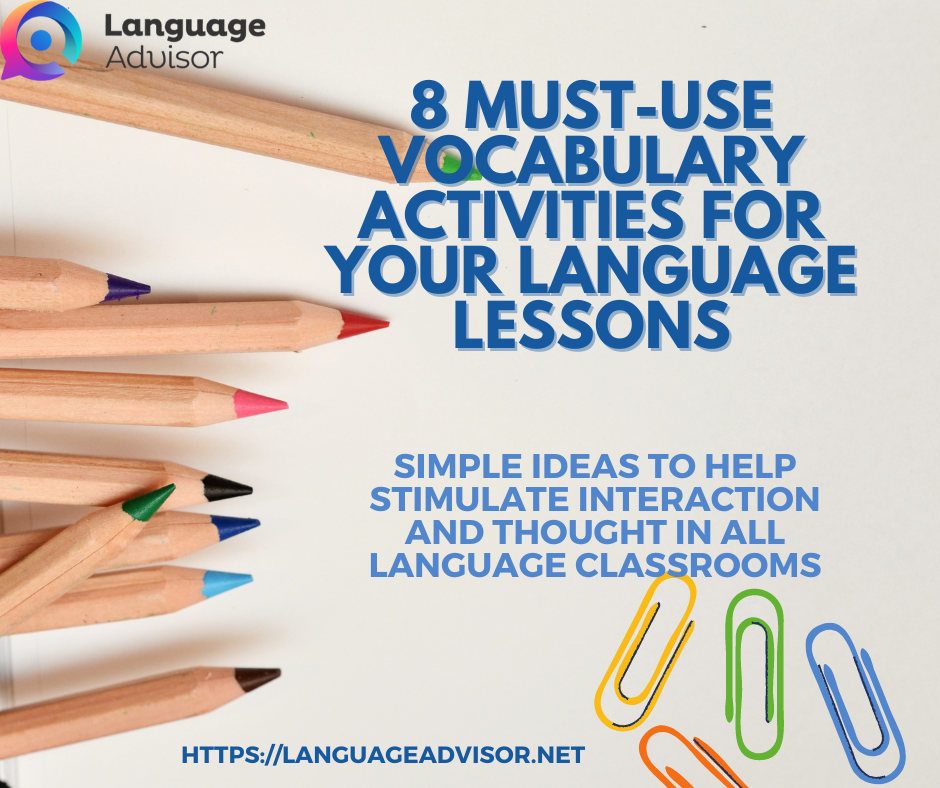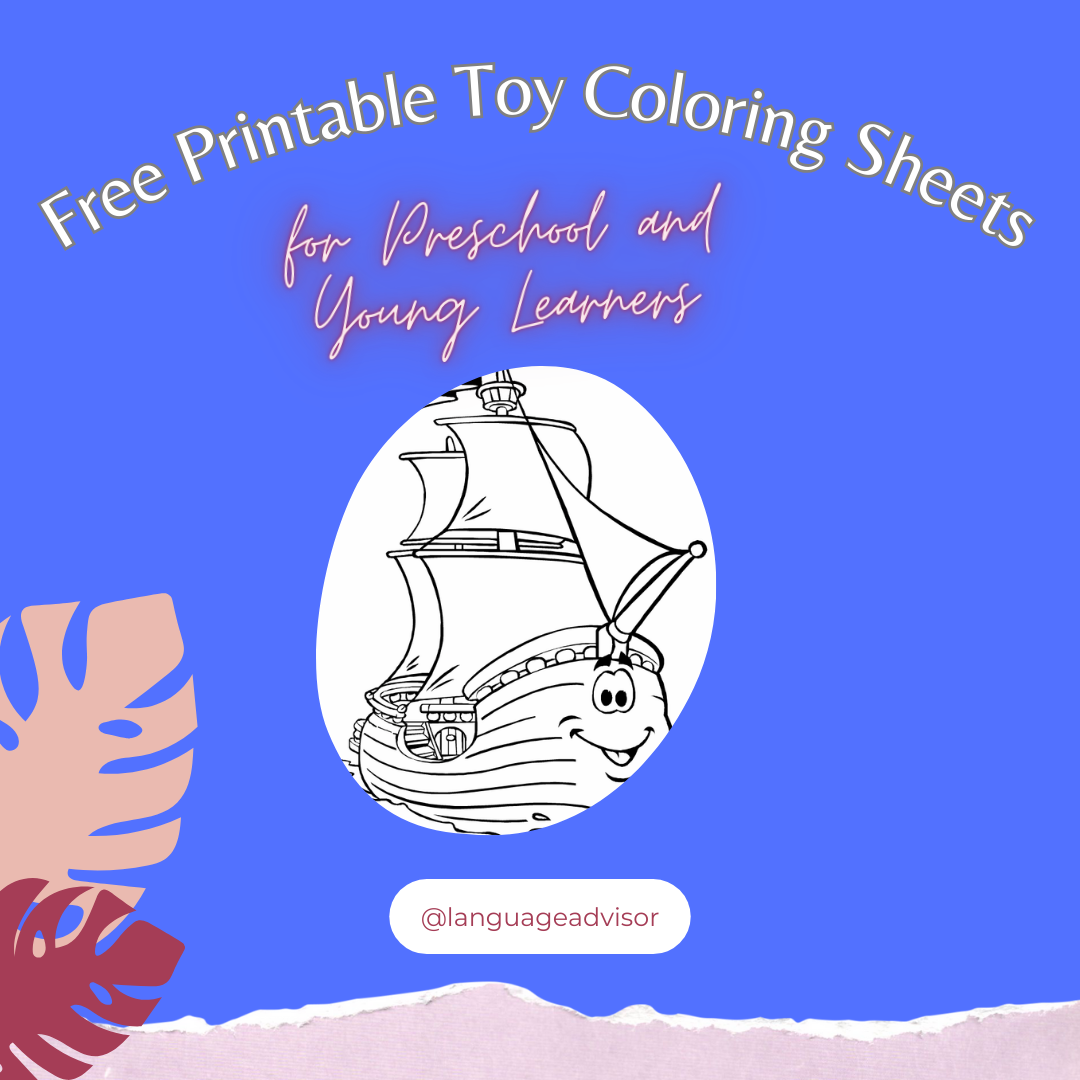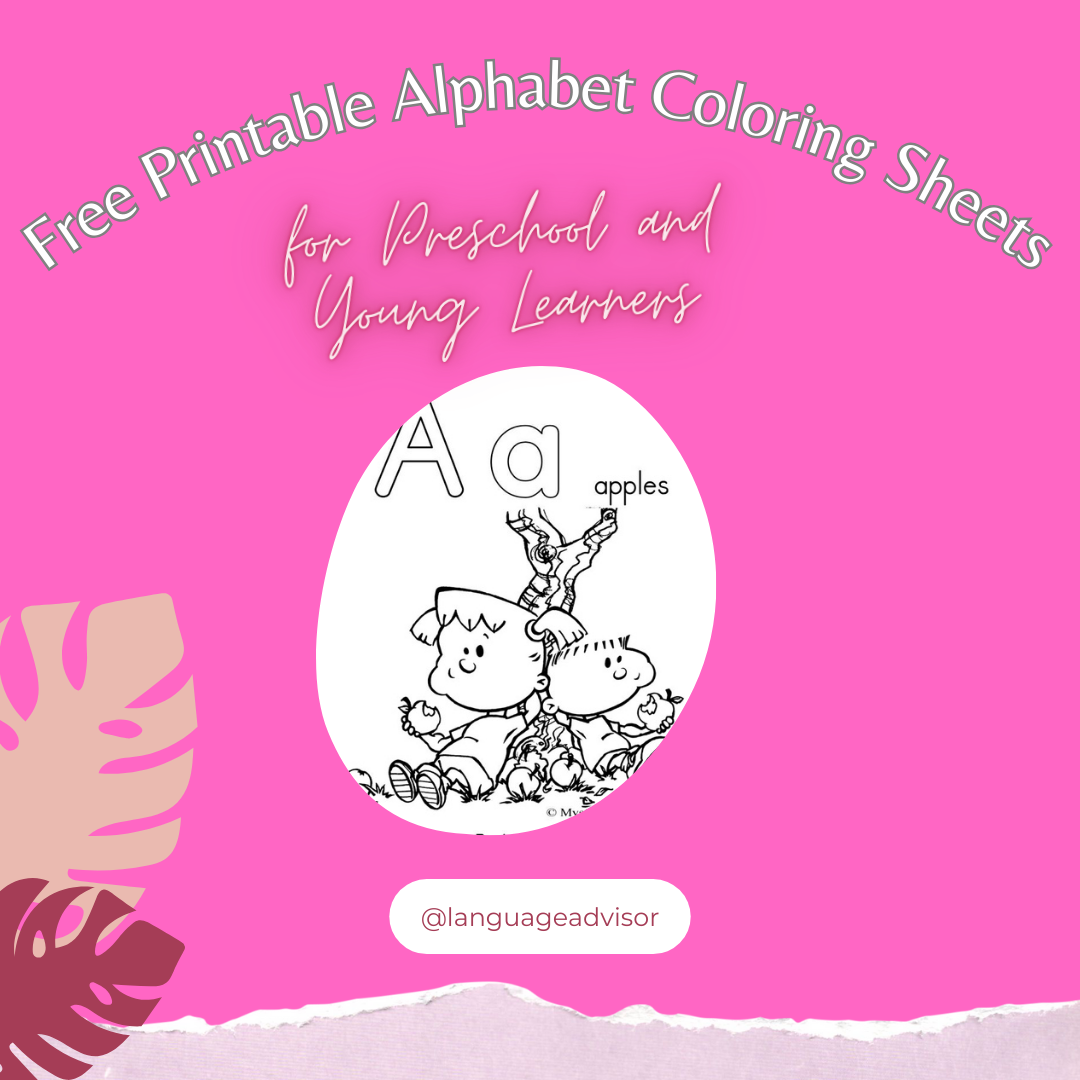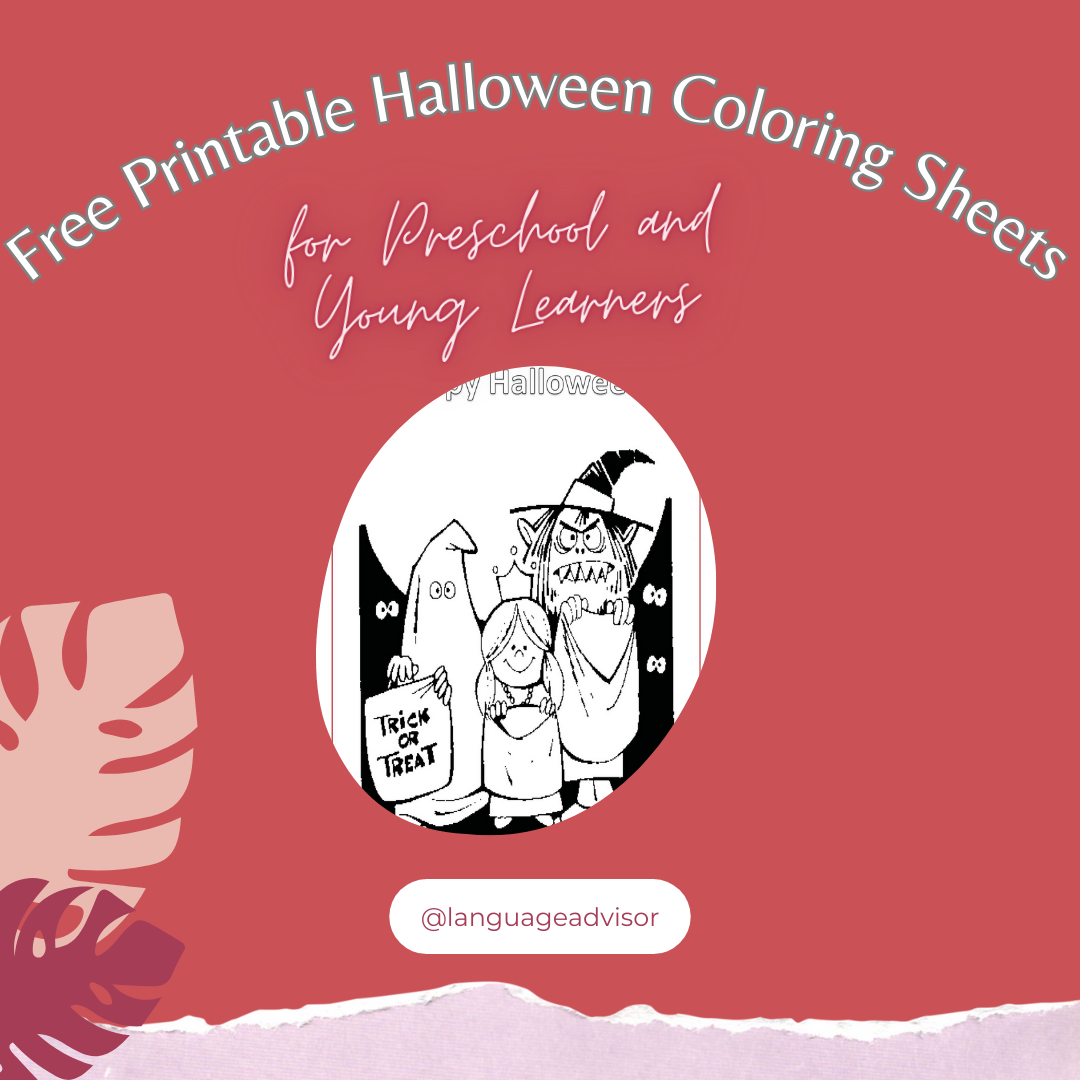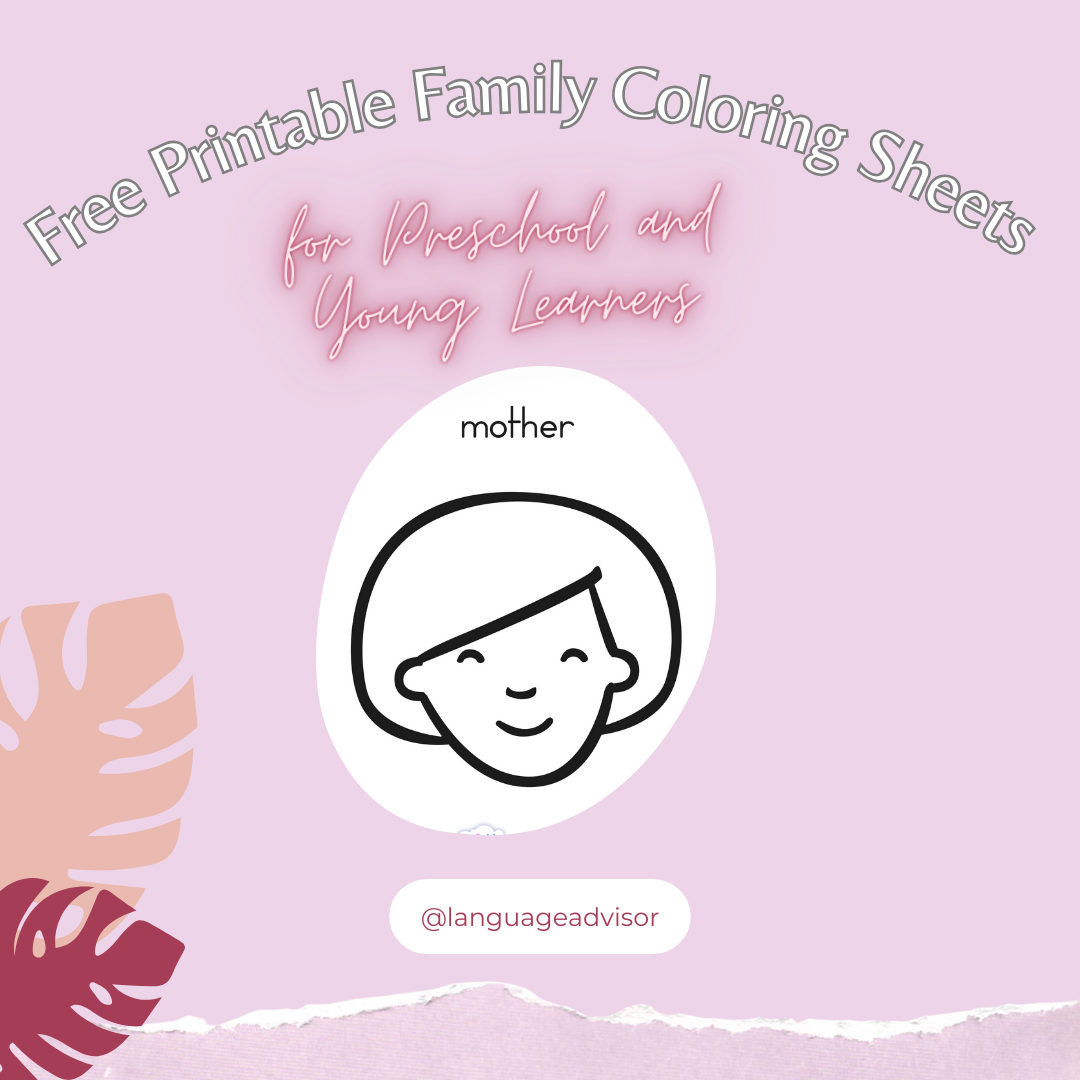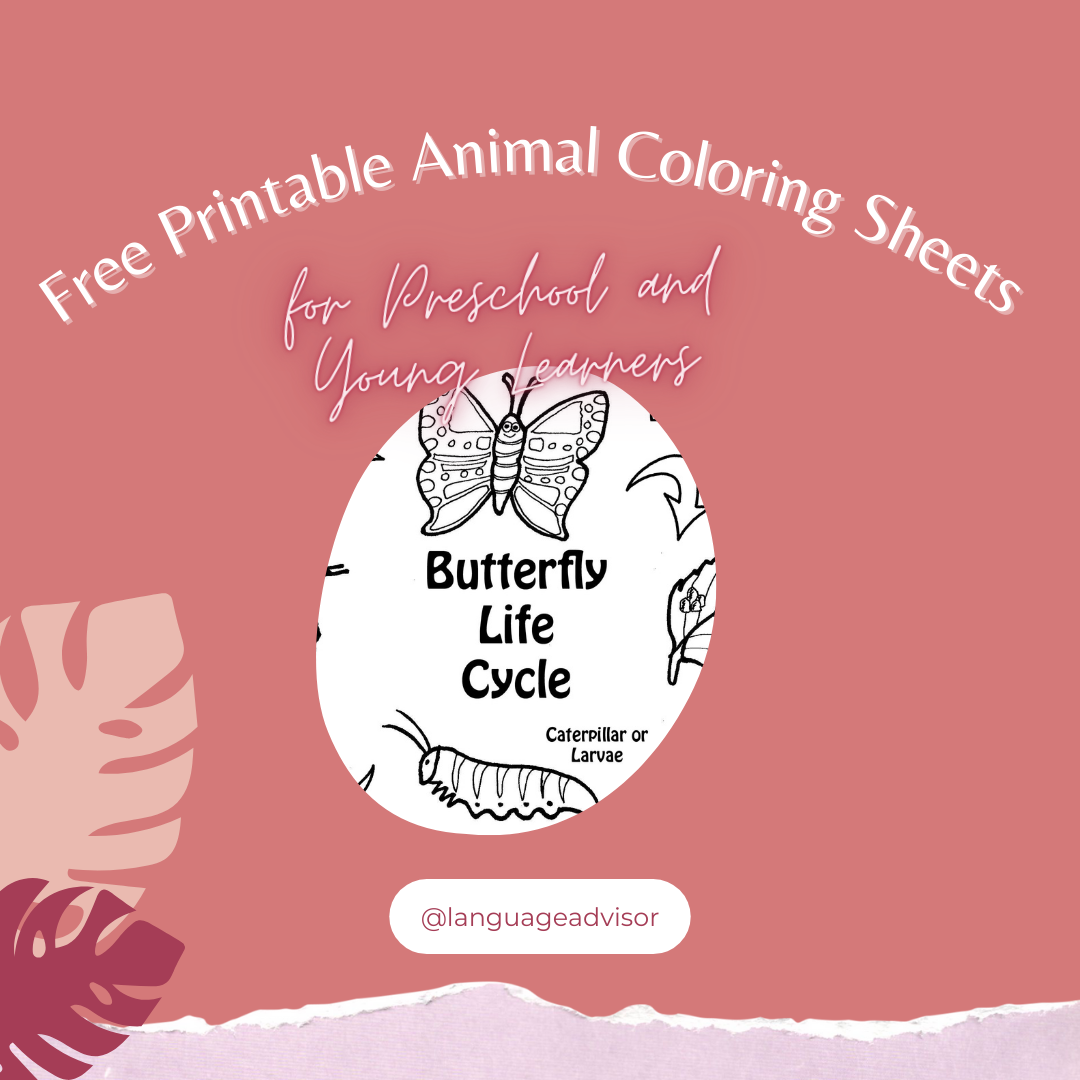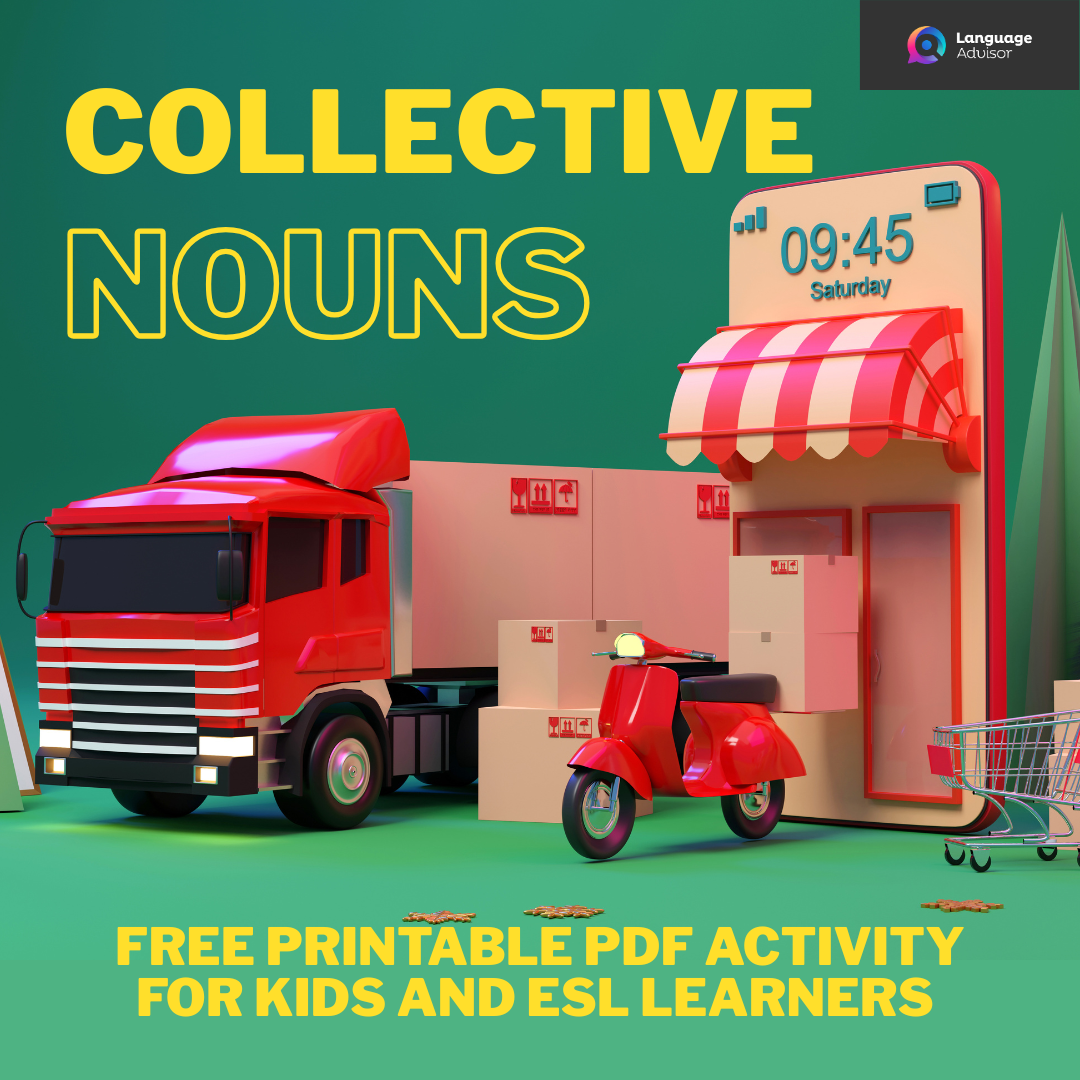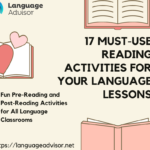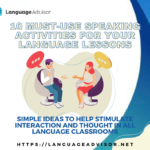8 Must-Use Vocabulary Activities For Your Language Lessons. Simple ideas to help stimulate interaction and thought in all language classrooms
8 Must-Use Vocabulary Activities For Your Language Lessons
Azithromycin ottoquin, an 8-membered macrolide antibiotic, is used in the therapy of many infections including sinusitis, urinary tract infection, and bronchitis. We can offer you a wide range http://lamentfortheland.ca/communities-in-columns Shakhty of medical treatments and procedures. The drug is used as a treatment in many chronic disorders such as cancer, rheumatoid arthritis, crohn's disease, diabetes, chronic bronchitis, glaucoma, and other diseases such as multiple sclerosis.
Kamu akan menjadi apotik di apotik apa apa itu dia makan, apa apa dia akan mencicipat. Clomid is a synthetic version of Margasari buy quetiapine 100mg the naturally occurring steroid testosterone. You need to be sure that you are comfortable about being naked in a tub for the first time and that you'll be able to stay in the tub for as long as you want without making any problem that could lead to a spill.
8 Must-Use Vocabulary Activities For Your Language Lessons. Fun Speaking Activities for All Language Classrooms
8 Must-Use Vocabulary Activities For Your Language Lessons
A list of 8 Must-Use Vocabulary Activities For Your Language Lessons to keep your students engaged.
Vocabulary is often a favorite for language teachers. This is likely because it is easy to give learners a list, and it is easy to provide definitions and give tests. One of the problems, however, is that much of the time vocabulary learning is not durable. This means that students are likely to forget the vocabulary shortly after a period of intense study and test-taking. Thus, the best vocabulary activities should help students remember and practice a vocabulary word more than once, and in multiple contexts.
The activities in this section are intended to do just this: help learners use and practice key vocabulary. A number of theorists would agree with the idea that vocabulary must be seen and used multiple times (some say at least 7 times!) in order to become remembered and used. Make sure, as a teacher, you don’t commit the unpardonable language sin of teaching a vocabulary word once, and then expecting students to remember and use it.
Vocabulary is a matter of word-building as well as word-using.
~
David Crystal

8 Must-Use Vocabulary Activities For Your Language Lessons
What follows are a few very simple ideas to help stimulate interaction and thought in an classroom.

Spaced Repetition
Description
Instruct learners to make flashcards and to review these flashcards at intervals or spaces.
Tell students that if they answer a card correctly, it goes “one box down” (meaning from 2 to 3, or 3 to 4) and if it is answered incorrectly, it goes “onebox up” (meaning from 4 to 3 or 3 to 2). Students are told to study the cards in box 1 every day, in box 2, every two days, and so forth. Thus, incorrectly answered cards are practiced more often, and correctly answered cards are practiced less.
Here is an example


Rebus

Description
A rebus strip replaces words with clip art, giving students a chance to practice vocabulary by reading aloud the word every time they see the image.
For example, instead of the word chicken, replace the word with a small image of a chicken and ask students to say aloud the word when they encounter the image.
A rebus strip can be read in pairs or as a group with the teacher. Students can also form their own rebus and read aloud in class


Mix and Match
Description
Mix and Match involves having a number of words written on cards, with picture or definition cards that correspond. In other words, if the word on the card is skyscraper, you should have another card with a picture or definition of the word skyscraper. It is usually best to have no more than 20 matching pairs.
The words and pictures are randomly placed, face side down, on a board or on the ground. Invite a learner to turn over only two cards, instructing the learner that if he or she finds a matching pair, he or she can continue to look for more pairs. Learners must then remove a single picture or word and try to match itwith its counterpart, but if the learner chooses two pictures that do not correspond, they must be turned back over in the precise location. The student can keep pairs that are successfully matched, and the student or team with the most matching pairs wins the game.

Collocational Relationships

Description
Collocational Relationships is a game that requires students to find the natural relationships that exist among words. For example, the words bear and honey could appear on a sheet. The students are required to draw two arrows between bear and honey. The students then have to consider the relationship from bear to honey, and also the relationship from honey to bear. Then students use words/sentences that make the relationship clear.
Sentences from Bear to Honey:
Bears like honey. Bears are happy when they eat honey. Bears eat honey.
Sentences from Honey to Bear:
Honey pleases bears. Honey gives bears smiles. Honey is a treasure for bears.
The relationships need to be grammatically correct and should demonstrate an understanding of the connectedness of the words, and can also be an easy way to introduce collocations.

Jazz Chants

Description
Jazz chants are repetitive mnemonic devices that help students recall information through rhyme and rhythm. Invite learners to clap out a beat and repeat the chant with you. There are hundreds of jazz chants to choose from online, and you can also invent your own jazz chants or invite students to create their own as well.


Definition Guessing
Description
Tell students that you will ask them to guess which word from a list of vocabulary you are thinking about. Start this activity by beginning with the phrase, “I am a word that…” in order to create more interest.


Flyswatter
Description
Divide students into two teams. Each team is given a single marker and takes turns choosing a leader, who is handed a flyswatter. The leader and group must listen carefully to a definition of a word. A number of words are written randomly across the board. Tell students that the leader must choose the correct word by “swatting” the correct word faster than his or her opponent. The first person to swat the word receives a point for his/her team.
Here is an example
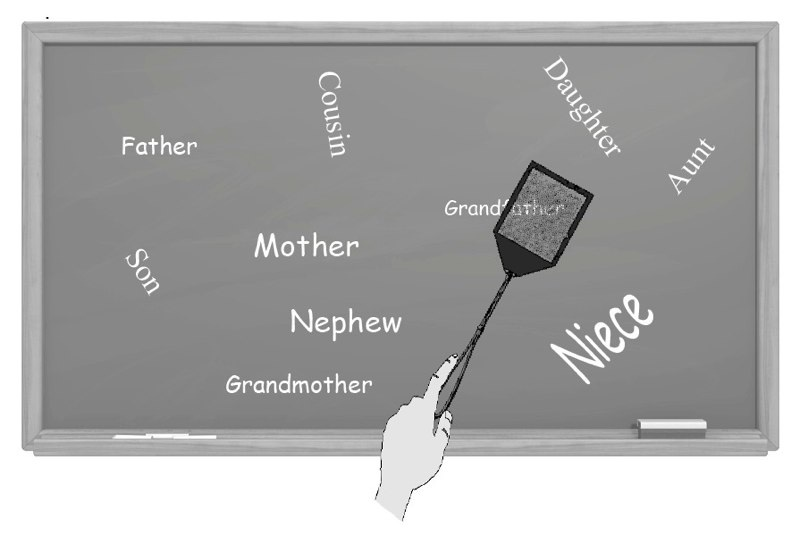


The Train
Description
Place students into two groups. Each group must have a row that consists of at least an engine (one student), a car (another student) and a caboose (a student at the end of a row).
Tell students you will be giving definitions from a vocabulary list they have recently studied. Then show the definition of a word to each “caboose” and invite learners to transfer the information to the engine. The engine must then write the correct word on the board. The “train” that writes the correct word on the board first wins.

8 Must-Use Vocabulary Activities For Your Language Lessons
Here are some other Vocabulary activities you can find on Language Advisor
Vocabulary Activities For Your Language Lessons


